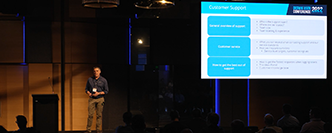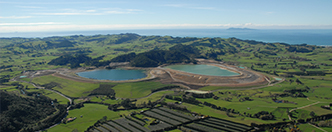Block model knowledge for mining engineers
As a software provider for the mining industry, Deswik is regularly training mining engineers in the use of our software in mine design, planning and scheduling.
We are often called upon to train junior engineers entering their first ever planning-related role and note that many of these engineers need and want more knowledge on the planning processes beyond just how to use the software being provided. One of these requirements is knowledge on block models that need to be used for the mine planning process.
The rapid turn-over of personnel during the last minerals boom, and then the loss of experienced technically-focused personnel during the following bust means that many of the junior engineers have no on-site mentor sufficiently technically skilled to provide suitable knowledgeable help to the junior mining engineers.
With these factors in mind, this document has been written to introduce new mining engineers to mineral resource block models: their structure, the brands they may come across, the types they may come across, and issues that they will need to understand to avoid mistakes in their use.
It is not the intention to turn mining engineers into resource geologists, but it is important that a mining engineer should also be sufficiently conversant with the resource estimation procedures to understand how the resource block model was generated. A resource block model will only ever be as good as the geological foundations upon which it is built.
And as the resource block model is the foundation upon which the industry’s mine plans are built, our plans will only ever be as good as the geological block model that has been given to us to use.
This document is merely a first-step introduction to the knowledge needed. We acknowledge that although this is intended to be an introduction to the topic, there is still a lot that has been covered, so we invite the reader to “dip in” where required and skip over the parts not yet relevant to their work. We also encourage the new mining engineer to read more on resource estimation beyond this document to enhance their knowledge base.




